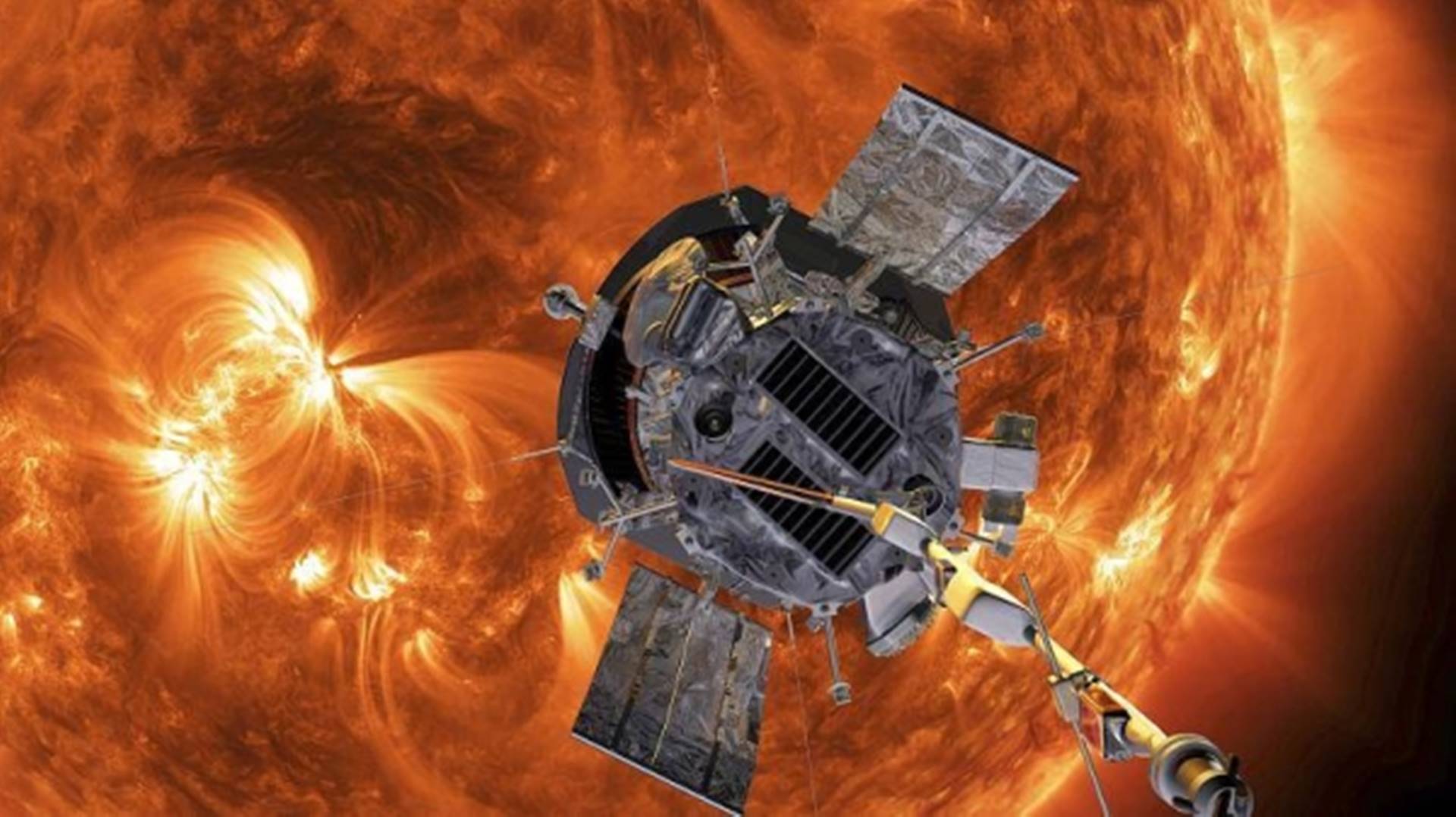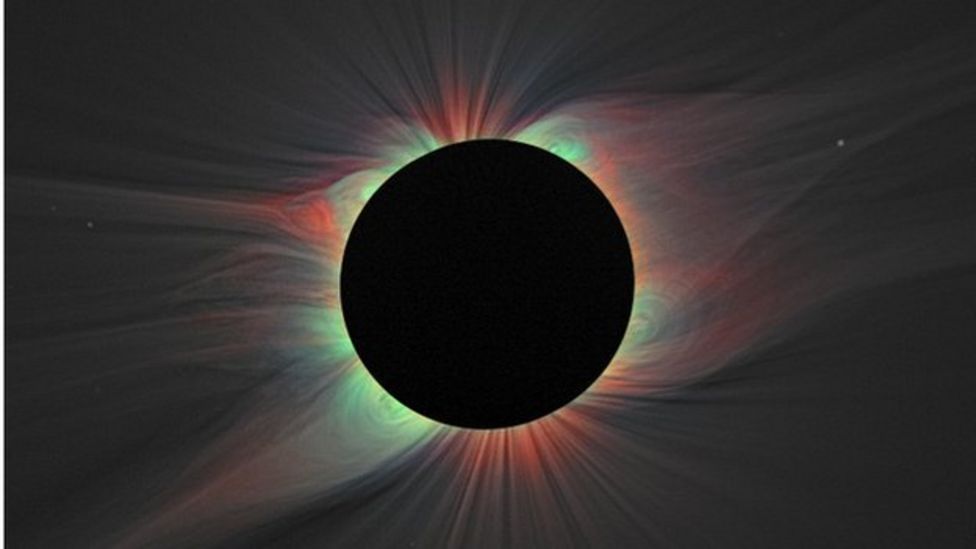The US space agency (Nasa) is calling it a historic moment – the first time a spacecraft has flown through the outer atmosphere of the Sun

The feat was achieved by the Parker Solar Probe, which dipped, for just a short while, into a region around our star that scientists call the corona.
It occurred in April, but the analysis of data has only now confirmed it.
Parker had to withstand intense heat and radiation but gathered new insights on how the Sun works.
Nasa’s Lucy mission will seek out Solar System ‘fossils’
“Just as landing on the Moon allowed scientists to understand how it was formed, touching the Sun is a gigantic stride for humanity to help us uncover critical information about our closest star and its influence on the Solar System,” said Nicola Fox, the director of Nasa’s heliophysics science division.
The Parker Solar Probe is one of the most audacious missions ever mounted by the agency.
Launched three years ago, its goal is to make repeated, and ever closer, passes of the Sun.
The spacecraft moves at colossal speed, at over 500,000km/h (320,000mph). The strategy is to get in quick and get out quick, making measurements of the solar environment with a suite of instruments deployed from behind a thick heat shield.

On 28 April this year, Parker crossed what is termed the Alfvén critical boundary.
This is the outer edge of the corona. It is the point where solar material that is normally bound to the Sun by gravity and magnetic forces breaks free to stream out across space.
Parker encountered the boundary at about 13 million km (8 million miles) above the visible surface, or photosphere, of the Sun.
The probe’s data suggests it actually passed above and below the boundary three separate times in the course of five hours, according to Stuart Bale from the University of California, Berkley.
“We saw the conditions change completely,” he told reporters. “Inside the corona, the Sun’s magnetic field grew much stronger, and it dominated the movement of the particles there. So the spacecraft was surrounded by material that was truly in contact with the Sun.”
Researchers are fascinated by the corona because it’s where some key processes take place that currently defies explanation.
One is what seems to be counter-intuitive superheating. The temperature of the Sun at its photosphere is roughly 6,000C but within the corona, it can reach a staggering million degrees or more.
It’s also within this region that the outward flow of charged particles – electrons, protons, and heavy ions – suddenly gets accelerated into a supersonic wind. Again, the mechanism is a puzzle.
“The problem is that the fingerprints of the physical processes giving rise to the solar wind are erased by the journey the solar wind makes from the solar corona to Earth and beyond,” explained Nour Raouafi from the John Hopkins Applied Physics Laboratory. “It’s the reason we have Parker flying through this mysterious region to tell us what is going on there.”
The Parker science team will gather much more data as the probe ventures ever deeper into the corona on future flybys of the Sun. It should eventually get to within 7 million km (4 million miles) of the photosphere in 2025.
Parker’s insights, and those that come from other solar observatories, have direct relevance for everyone living on Earth.
The biggest outbursts from the Sun can rattle our planet’s magnetic field. In the process, communications may be disrupted, satellites can be knocked offline, and power grids will be vulnerable to electrical surges.
Scientists try to forecast these “storms” and Parker promises new and valuable information to help them do that.
The latest results from the mission are being presented at the American Geophysical Union Fall Meeting in New Orleans.
Napomena o autorskim pravima: Dozvoljeno preuzimanje sadržaja isključivo uz navođenje linka prema stranici našeg portala sa koje je sadržaj preuzet. Stavovi izraženi u ovom tekstu autorovi su i ne odražavaju nužno uredničku politiku The Balkantimes Press.
Copyright Notice: It is allowed to download the content only by providing a link to the page of our portal from which the content was downloaded. The views expressed in this text are those of the authors and do not necessarily reflect the editorial policies of The Balkantimes Press.
